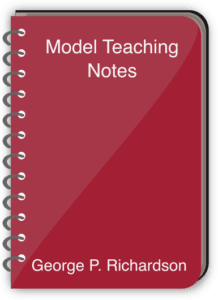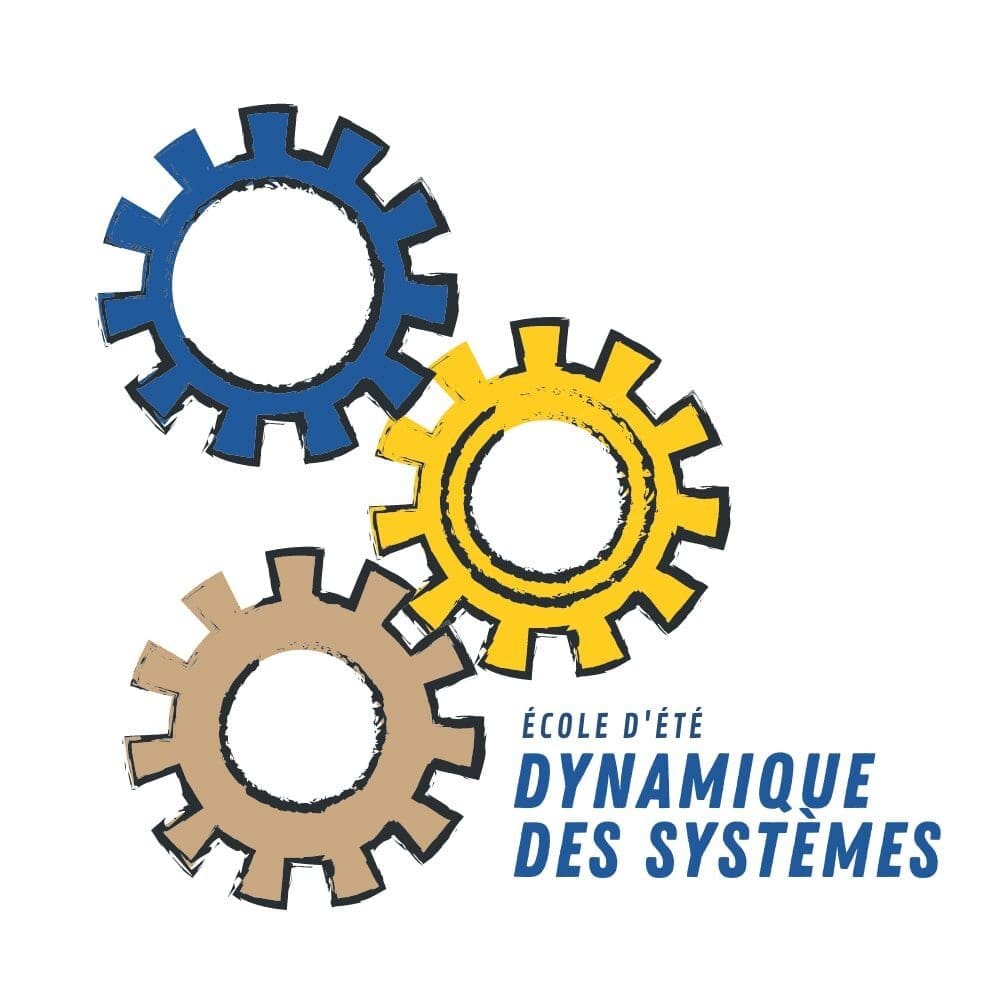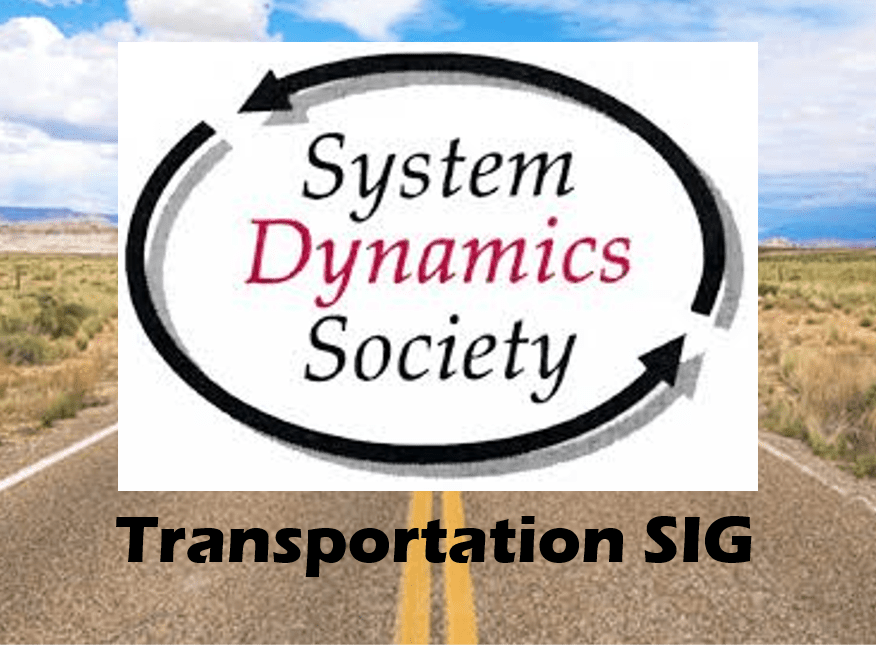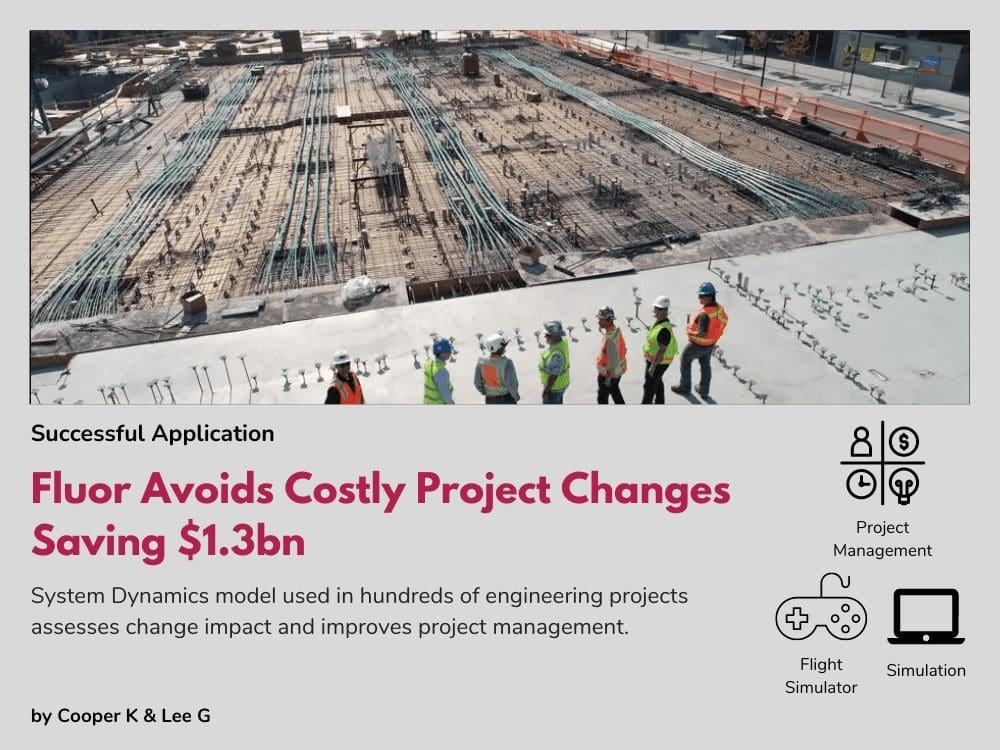Pre-College Education SIG Meeting – Focus idea: Peer bullying
Dear Colleagues,
We would like to invite you to our May System Dynamics Society Pre-College Special Interest Group meeting. We want to have a discussion and model building process on peer bullying in K-12.
We will have two meetings due to time differences. The SIG meetings will happen on:
First meeting: Thursday, March 23 at 1:00 p.m. EST (New York)
Second meeting: Friday, March 24 at 1:00 a.m. EST (New York)
We are planning to have a short presentation by Pascal Gambardella (Psychology and Human Behavior SIG) and longer discussions about peer bullying in K-12.
Pascal’s presentations will be live at the first meeting. At the beginning of the second meeting, we will watch the recording of this presentation.
The workshop format of the meeting is designed to encourage active participation. We highly encourage you to come prepared with questions, contributions, suggestions, and ideas. Your insights will not only enrich the discussions but also provide a platform for collaborative learning and exploration.
We look forward to your active participation in this SIG meeting. Let’s explore the world of systems dynamics together and uncover innovative ways to enhance education.
‘Model’ Teaching 1
We are excited to invite you to the first webinar in our upcoming series of three engaging sessions on ‘Model’ Teaching on Thursday, September 28, at 1:00 pm EST.
George Richardson, a world-class system dynamicist and educator, will guide participants through the core concepts and practical implications of systems dynamics model teaching. His extensive experience, particularly in working with K-12 teachers, ensures that the content will be both relevant and valuable for educators across different levels.
This series aims to provide:
- a starting place for people new to the art of teaching modeling,
- a source of ideas for teachers looking to advance what they’ve been doing,
- for experts in these arts who might enjoy a comparative look,
- some exchanges on pedagogy, which would benefit us all.
Before the first session of the series, we kindly ask participants to familiarize themselves with a 30-page set of notes prior to the webinar. These notes will serve as a foundation for the discussions, allowing you to contemplate how the models presented can be adapted to your specific settings or situations.
Please click here or on the image at below to access the notes.
The notes are a compilation of three papers previously published in System Dynamics Review. You can access the original articles using the links below:
- “Model” teaching:
https://onlinelibrary.wiley.com/doi/10.1002/sdr.1512 - “Model” teaching II: Examples for the early stages:
https://onlinelibrary.wiley.com/doi/10.1002/sdr.1520 - “Model” teaching III: Examples for the later stages:
https://onlinelibrary.wiley.com/doi/10.1002/sdr.1524
The workshop format of the webinar is designed to encourage active participation. We highly encourage you to come prepared with questions, contributions, suggestions, and ideas. Your insights will not only enrich the discussions but also provide a platform for collaborative learning and exploration.
We look forward to your active participation in this enlightening webinar series. Let’s explore the world of systems dynamics together and uncover innovative ways to enhance education.
Best regards – the SIG leadership team.
George P. Richardson
 George P. Richardson is Professor Emeritus of public administration, public policy, and information science at the Rockefeller College of Public Affairs and Policy at the State University of New York at Albany. He earned his doctorate under Jay Forrester at MIT and is the author of Introduction to System Dynamics Modeling with DYNAMO (1981) and Feedback Thought in Social Science and Systems Theory (1991), both of which were honored with the System Dynamics Society’s Forrester Award.
George P. Richardson is Professor Emeritus of public administration, public policy, and information science at the Rockefeller College of Public Affairs and Policy at the State University of New York at Albany. He earned his doctorate under Jay Forrester at MIT and is the author of Introduction to System Dynamics Modeling with DYNAMO (1981) and Feedback Thought in Social Science and Systems Theory (1991), both of which were honored with the System Dynamics Society’s Forrester Award.
George has played and sung acoustic folk music for sixty years. He has ridden a motorcycle cross-country from NY State to Seattle, the Olympic Peninsula, and down to Portland. He’s also ridden round-trip the fabled Dalton “Highway” from Calgary to Deadhorse, AK, and Prudhoe Bay, 300 miles north of the Arctic Circle. Both trips took less than sixty years.
The Pre-College SIG Webinar Series consists of periodic online presentations on K-12 education topics for Systems Thinking and System Dynamics communities. These virtual presentations cover a wide range of topics on K-12 education and bring together academics, teachers, and students for learning and lively discussion. Our webinars aim to promote and improve skills to effectively apply systems thinking and dynamic computer simulation in K-12 education.
All webinars and recordings are free for both SDS members and the general public. Please visit SDS Pre-College Education SIG page for previous webinar recordings.
Summer School in Systems Dynamics in French
5 days in June
– to understand System thinking, Systems Dynamics
– to use systems dynamics modeling and Systems Dynamics Participatory Modeling
– to create scenarios and narratives about post-growth and degrowth issues
– to play serious games involving Systems Dynamics (Fish Banks, Into the Loop, iSDG…)
T-SIG lecture series : Qualitative modelling as a participatory approach to transport system analysis
The second lecture is Applications of SD in supporting Transport Strategies for Net-Zero Systems by Design, presented by Mariana Mirabile (OECD). Mariana is an economist with a passion for improving systems based at the OECD Environment Directorate. Mariana has over 10 years of experience in policy analysis on climate change, and expertise in economics, communication, and systems thinking. She has co-developed with OECD colleagues the process Systems Innovation for Net Zero, designed to help countries identify transformative policies able to shape systems that work for people and the planet. Mariana is a partner of Systems Innovation, a community of systems innovators, and before joining the OECD she worked at the World Food Programme supporting the implementation of school feeding programs in developing countries.
Fluor Avoids Costly Project Changes Saving $1.3bn
Fluor saves $1.3 billion in System Dynamics-based project management.
#United States #Engineering #Fluor #Corporation
CLIENT: FLUOR
Fluor is one of the world’s largest engineering and construction firms, with 2008 revenues over $20 billion. The US-based firm operates in every major business sector and geography.
CHALLENGE: CHANGES DON’T IMPROVE PROJECTS, QUITE THE OPPOSITE
A large part of Fluor’s work is organized in the form of projects, which are typically market-driven with aggressive cost and schedule targets and evolving client needs. It is the tension among these different objectives that is often the underlying dynamic for generating changes on projects. In an initiative by Fluor’s Chairman, a comprehensive quantitative review examined all Fluor projects over several years. For many in the industry, there is a misperception that contractors improve their performance with more changes. This company-wide review was unequivocal in refuting that notion. There is a clear, unambiguous relation between the level of changes and the cost and schedule performance of projects: more changes bring ever-worsening performance on projects.
ACTION: FLEXIBLE SYSTEM DYNAMICS MODEL TO PROJECT COST OF CHANGES
After Fluor had identified and quantified the business need for improving the practice of project change management, two external consultants first built and piloted and validated a project model to assess change impacts on several initial projects. In the four years since then, the model has been used in the “Change Impact Assessment” system to conduct thousands of analyses on over 100 client projects. Fluor projects analyzed with this model range in size from less than million to more than billion.
The system rapidly tailors a model to simulate each engineering and construction project. Each model is then used to foresee future cost and schedule impacts of project changes, and most important, test ways to avoid the impacts.
We developed a project model based on our prior modeling work with Fluor, and built a system around it, with defined practices to rapidly and automatically tailor the model to a specific project. We set up an interface to allow dozens of trained company users to test proactively project-wide impacts of proposed design or scope changes.
We conducted worldwide training of executives and managers and analysts, ensuring the focus was on foreseeing and mitigating future change impacts. The system was applied to hundreds of Fluor projects.
RESULTS: COST REDUCTION OF $1.3 BILLION
A cultural change occurred in the company, focused on proactive mitigating efforts that reduce change impacts on the projects.As a result, many disputes were avoided (some had cost tens of millions of dollars), and cost impacts were reduced by proactive actions identified in the analyses, amounting to over $1.3 billion savings to Fluor and their clients.
LEARN MORE
System Dynamics modelers: Kenneth Cooper and Gregory Lee
AWARDS & PUBLICATIONS
Award: In 2009, the Society awarded its System Dynamics Applications Award to Kenneth Cooper and Gregory Lee for their work Managing the Dynamics of Projects and Changes at Fluor. See conference slides and citation.
Article: Managing the Dynamics of Projects and Changes at Fluor
OTHER SUCCESSFUL APPLICATIONS
System Dynamics Helps Evaluate Anticipatory Action on Cholera Outbreaks
Humanitarian agencies encourage anticipatory action in disaster response to cholera outbreaks in the Democratic Republic of Congo.
Management Design for Planted Forests in Japan Using System Dynamics
Hanno City in Saitama Prefecture used a system dynamics model to enable detailed analysis of labor requirements and changes in forest conditions.
Solving Bottlenecks in Dairy Production Facilities with System Dynamics
FriedslandCampina employed system dynamics to strategically enhance production efficiency in the midst of factory merging.
Upcoming Events

2024 International System Dynamics Conference
The International System Dynamics Conference is coming to Bergen! Save the date: August 4-8, 2024. We hope to see you there! #ISDC2024
Recent Posts
How Did En-ROADS Get 755,000 users? Lessons on Modeling, Interface Design, and Facilitation
This article discusses the En-ROADS climate model, detailing its robust modeling, intuitive interface design, effective facilitation, and strategic policy engagement for global impact.
Society Governance Updates
New System Dynamics Society leadership
Call for Presenters: Seminar Series
Share your insights in the System Dynamics Society Seminar Series. Submit your proposal and join a global community of experts
Join us
OTHER SUCCESSFUL APPLICATIONS
System Dynamics Helps Evaluate Anticipatory Action on Cholera Outbreaks
Humanitarian agencies encourage anticipatory action in disaster response to cholera outbreaks in the Democratic Republic of Congo.
Management Design for Planted Forests in Japan Using System Dynamics
Hanno City in Saitama Prefecture used a system dynamics model to enable detailed analysis of labor requirements and changes in forest conditions.
Solving Bottlenecks in Dairy Production Facilities with System Dynamics
FriedslandCampina employed system dynamics to strategically enhance production efficiency in the midst of factory merging.
Recent Posts
How Did En-ROADS Get 755,000 users? Lessons on Modeling, Interface Design, and Facilitation
This article discusses the En-ROADS climate model, detailing its robust modeling, intuitive interface design, effective facilitation, and strategic policy engagement for global impact.
Society Governance Updates
New System Dynamics Society leadership
Call for Presenters: Seminar Series
Share your insights in the System Dynamics Society Seminar Series. Submit your proposal and join a global community of experts
Upcoming Events

2024 International System Dynamics Conference
The International System Dynamics Conference is coming to Bergen! Save the date: August 4-8, 2024. We hope to see you there! #ISDC2024







